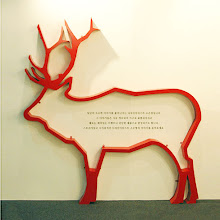Subscribe to:
Post Comments (Atom)
skip to main |
skip to sidebar

twitter
Pinterest
JOIN THE SNOOP FAMILY!
Subscribe to SnOOp daily news by email
About Me

- SnOOp
- I'm an interiors addict and I'm currently a judge on Top Design Australia. I have been involved with quite a few loved interior magazines across the globe. I was Associate Editor @ British ELLE Decoration and Homes Editor @ Livingetc. I have consulted for StudioIlse, WGSN and IKEA. What really interests me is how we all live in the space we call home. As much as I want to know about the latest chair, must-have-accessory and hottest trends - the thing that gets me really excited is how we use our everyday objects. This blog is a chance to explore, laugh and relate to different people and families from across the globe who all have one thing in common. They love their home. Enjoy love Amanda Talbotxxx
EMAIL ME
If you ever want to share an image, idea or a whole shoot relating to the home please email me!
amanda(at)snoopglobal.com
amanda(at)snoopglobal.com









No comments:
Post a Comment